Birds are among the most fascinating creatures on Earth, celebrated for their diversity, beauty, and unique behaviors. However, many bird species are facing severe threats, rendering them critically endangered or rare.
This article explores some of the rarest birds globally, their habitats, the challenges they face, and the conservation efforts in place to save them.
Understanding Rarity in Birds
Defining Rare Birds
Rare birds are those with small populations, limited distribution, or severe threats to their existence. They often inhabit specific ecosystems, making them vulnerable to environmental changes.
Causes of Rarity
- Habitat Destruction: Urbanization, agriculture, and deforestation are primary factors.
- Climate Change: Shifts in climate affect migration, breeding, and food availability.
- Human Activities: Hunting, poaching, and illegal pet trade exacerbate their plight.
List of the Rarest Birds and Their Habitats
1. Kakapo (Strigops habroptilus)
- Habitat: New Zealand forests.
- Features:
- Flightless, nocturnal parrot.
- Green plumage provides excellent camouflage.
- Challenges:
- Predation by introduced species like cats and rats.
- Low reproductive rates.
| FeatureDescriptionPopulationLess than 250DietFruits, seeds, and plantsConservation StatusCritically Endangered |
|---|
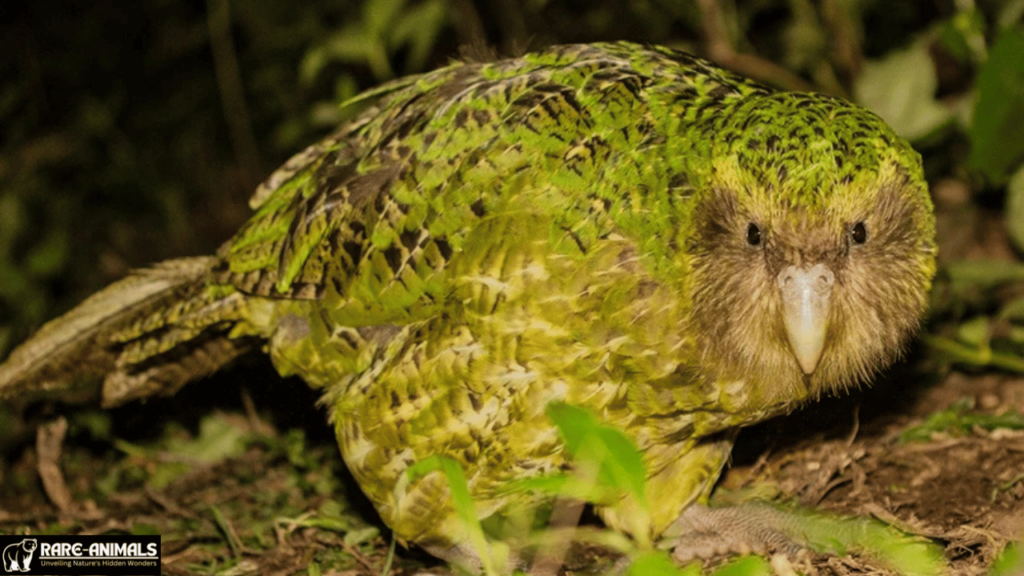
2. California Condor (Gymnogyps californianus)
- Habitat: Rocky shrublands and forests in the United States.
- Features:
- One of the largest flying birds.
- Bald head adapted for scavenging.
- Challenges:
- Lead poisoning from carcasses.
- Habitat loss due to urbanization.
| FeatureDescriptionWingspanUp to 3 metersDietCarrionConservation StatusCritically Endangered |
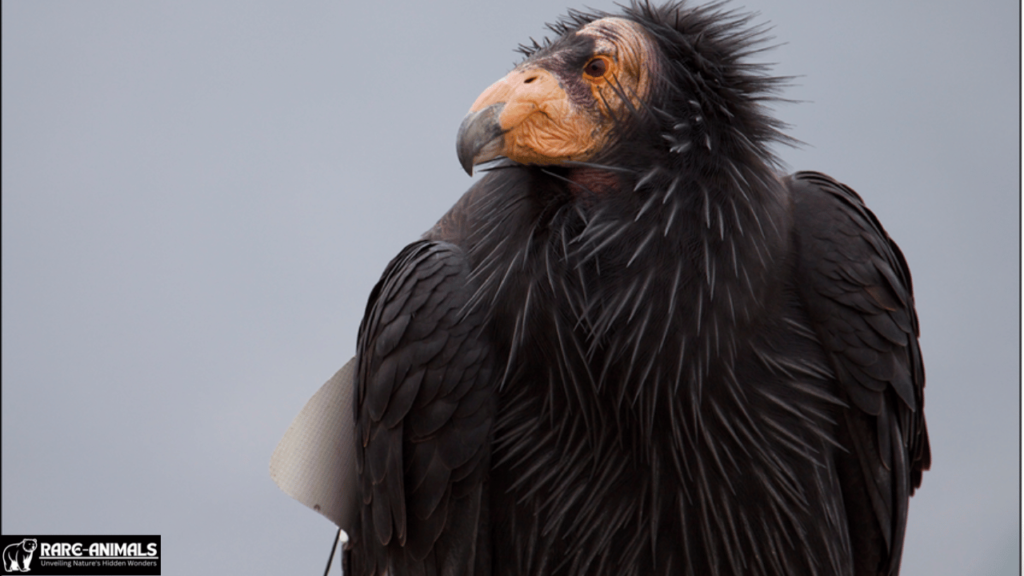
3. Philippine Eagle (Pithecophaga jefferyi)
- Habitat: Tropical rainforests in the Philippines.
- Features:
- Known as the “monkey-eating eagle.”
- Majestic crest of feathers on its head.
- Challenges:
- Deforestation reducing nesting sites.
- Hunting for trophies.
| FeatureDescriptionWingspan2 metersDietMonkeys, snakes, and birdsConservation StatusCritically Endangered |

4. Spix’s Macaw (Cyanopsitta spixii)
- Habitat: Brazilian dry forests.
- Features:
- Brilliant blue plumage.
- Iconic parrot species, often associated with the film “Rio.”
- Challenges:
- Habitat destruction from agriculture.
- Illegal pet trade.
| Feature | Description |
| Population | Fewer than 200 (in captivity) |
| Diet | Fruits, seeds, and nuts |
| Conservation Status | Extinct in the Wild |
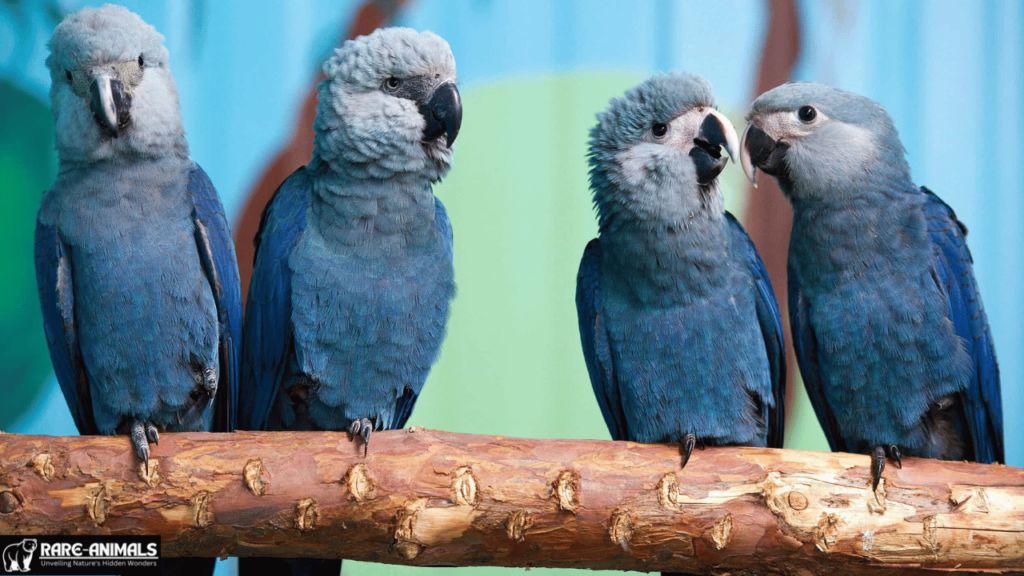
5. Kakā (Nestor meridionalis)
- Habitat: Forests of New Zealand.
- Features:
- Highly social and intelligent.
- Rusty-red and olive-green plumage.
- Challenges:
- Habitat loss from logging.
- Competition with invasive species.
| Feature | Description |
| Population | Approximately 10,000 |
| Diet | Nectar, fruits, and insects |
| Conservation Status | Vulnerable |
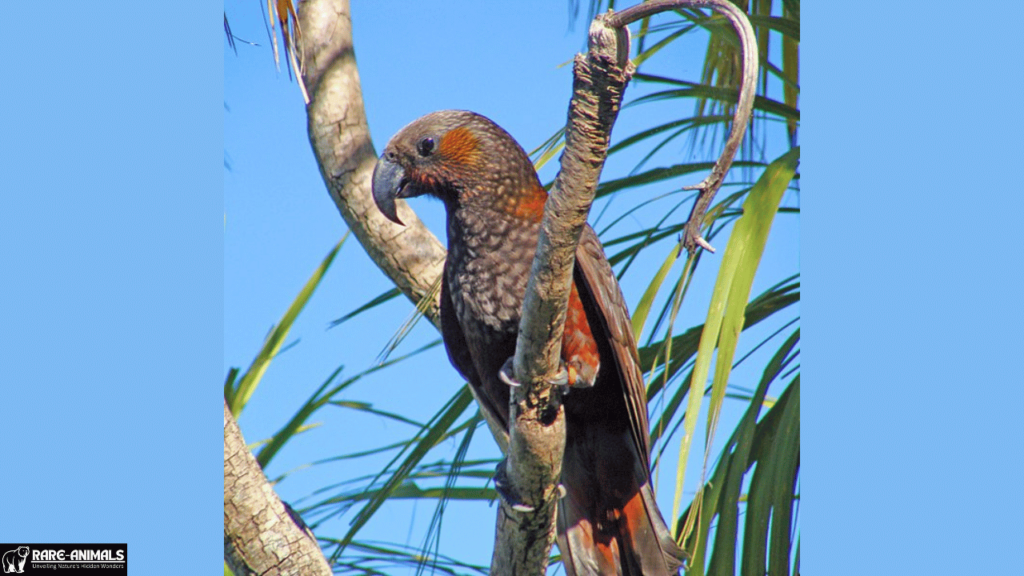
Challenges Facing Rare Birds
Habitat Destruction
- Deforestation: Forests are cleared for agriculture, logging, and urban development.
- Wetland Drainage: Wetlands, critical for many bird species, are drained for construction.
Climate Change
- Temperature Shifts: Affect breeding cycles and migration.
- Extreme Weather: Hurricanes, floods, and droughts destroy habitats.
Human Activities
- Illegal Hunting: Birds are hunted for feathers, food, or sport.
- Pet Trade: Exotic birds are captured and sold illegally.
Predation and Competition
- Invasive Species: Predators like rats, snakes, and cats threaten nests and eggs.
- Food Competition: Invasive species outcompete native birds for resources.
| Challenge | Impact |
| Habitat Destruction | Loss of breeding and nesting sites |
| Climate Change | Alters migration and food availability |
| Illegal Activities | Reduces populations drastically |
How Climate Change Specifically Impacts Rare Birds
Expand on how climate change affects these birds, with examples:
- Rising sea levels: Threaten wetland habitats for migratory birds.
- Changing temperatures: Force birds like Spix’s Macaw to shift ranges, disrupting ecosystems.
Simple Steps Everyone Can Take to Help Birds
Provide actionable advice for readers:
- Plant native trees to provide shelter and food.
- Use bird-safe window designs to prevent collisions.
- Avoid pesticides that harm bird food sources.
Conservation Efforts for Rare Birds
Protected Areas
- Establishing national parks and reserves to safeguard habitats.
- Example: The Kakapo Recovery Program in New Zealand.
Breeding Programs
- Captive breeding and reintroduction initiatives.
- Example: California Condor’s recovery through captive breeding.
Community Engagement
- Educating local communities about conservation.
- Incentivizing eco-friendly practices like bird-friendly farming.
Legal Protections
- Enforcing laws against hunting and trafficking.
- International treaties like CITES (Convention on International Trade in Endangered Species).
| Strategy | Outcome |
| Protected Areas | Secures critical habitats |
| Breeding Programs | Increases population numbers |
| Legal Protections | Reduces poaching and trafficking |
Conclusion
The rarest bird of the world are not only symbols of nature’s diversity but also indicators of the health of ecosystems. Protecting these avian species is crucial for maintaining ecological balance, inspiring scientific advancements, and preserving the planet’s natural heritage.
Collaborative efforts among governments, conservationists, and local communities can ensure these magnificent creatures continue to thrive for generations to come.
FAQs
Q: Why are rare birds important to ecosystems?
A: Rare birds often play vital roles, such as controlling insect populations, pollinating plants, and dispersing seeds, which are essential for ecosystem health.
Q: How can individuals help in bird conservation?
A: Supporting conservation organizations, reducing habitat destruction, and reporting illegal activities can contribute significantly.
Q: Are all rare birds endangered?
A: Not all rare birds are endangered, but they often face significant threats that could lead to endangerment.
Q: What is the role of captive breeding in saving rare birds?
A: Captive breeding programs help increase population numbers and reintroduce species into the wild.

Alveena is an experienced content writer with a knack for crafting engaging and insightful pieces. She thrives on breaking down complex ideas and presenting them as clear, captivating content that resonates with readers.

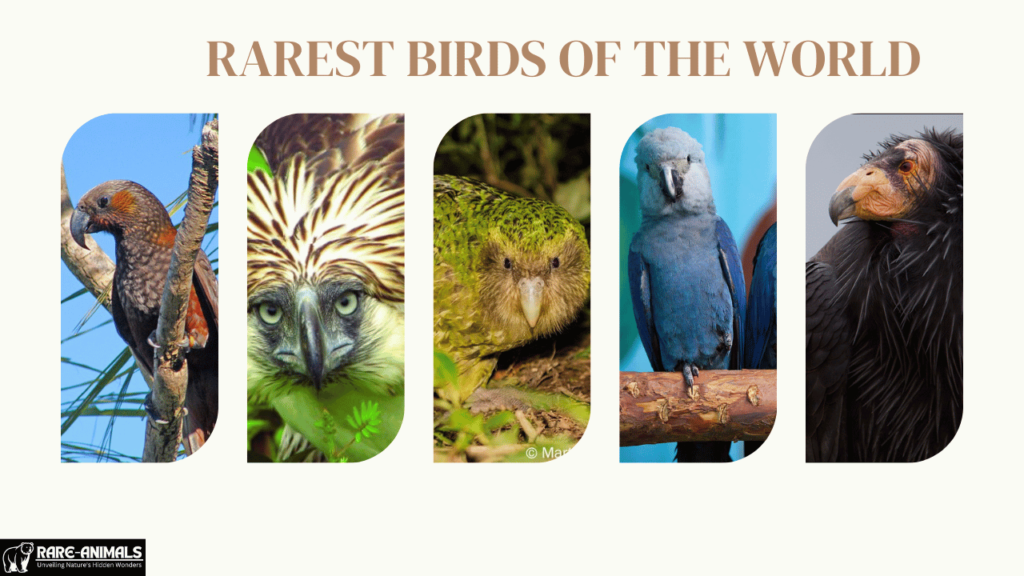

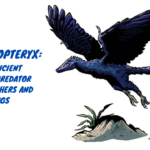

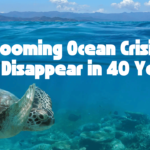


3 thoughts on “Rarest Birds of the World: Habitats and Challenges”